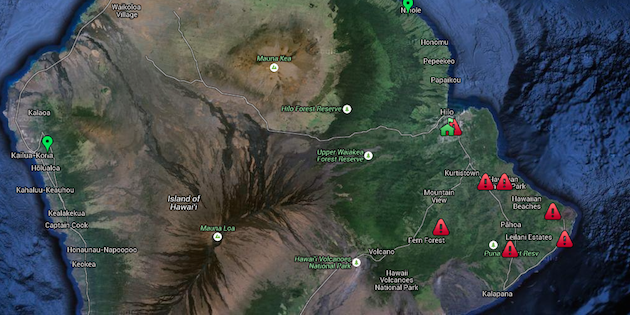Rat Lungworm Disease (Angiostrongylus cantonensis) is a parasite that primarily impacts rats, but has unfortunate impacts on humans, too. The parasite reproduces in rats, but is excreted in its larval stage and completes its development inside slugs or snails as an intermediate host. If a rat consumes a snail or slug, the parasite completes its lifecycle back inside the rat, where it reaches sexual maturity and can produce eggs.
Rat Lungworm Disease, or RLWD, can also infect humans. Likely pathways for the parasite to infect humans are through the consumption of undercooked molluscs (e.g., tiny snails in produce), or through food or water that has been contaminated by rodent fecal matter. Though the parasite doesn’t reproduce in humans, it can infect the central nervous system and produce a variety of impacts on human health. Symptoms include headaches, nausea, stiffness, and vomiting, and longterm risks include meningitis and neurologic dysfunction. The Hawaii Department of Health notes 42 cases of RLWD from 2007-2015, of which 91% have been located on Hawaii Island. The University of Hawaii at Hilo, College of Pharmacy, has been a leader in research and education regarding RLWD in recent years and helped form the RLWD Working Group in 2011.
As a preventative measure, the Hawaii Department of Health recommends washing all produce to remove possible contamination by rodents, snails, or slugs, and to boil snails, slugs, freshwater prawns, crabs, or frogs for 3-5 minutes prior to consumption (Source). You can also minimize the presence of snails and slugs on your property using a common molluscicide or slug bait.
For more information on RLWD and methods for reducing risk of infection, please refer to the following resources:
- Clinical Information from the Disease Outbreak Control Division, Hawaii Department of Health
- Rat Lungworm Disease Information Sheet and Vector and Disease Control information from the Environmental Planning Office, Hawaii Department of Health
- An overview of RLWD from the UH Hilo College of Pharmacy’s RLWD Website
- Answers to Frequently Asked Questions, provided by the UH Hilo College of Pharmacy

A partial map of RLWD detections on Hawaii Island, courtesy of UH Hilo College of Pharmacy. To view the full, interactive map, visit the College of Pharmacy’s RLWD Website.